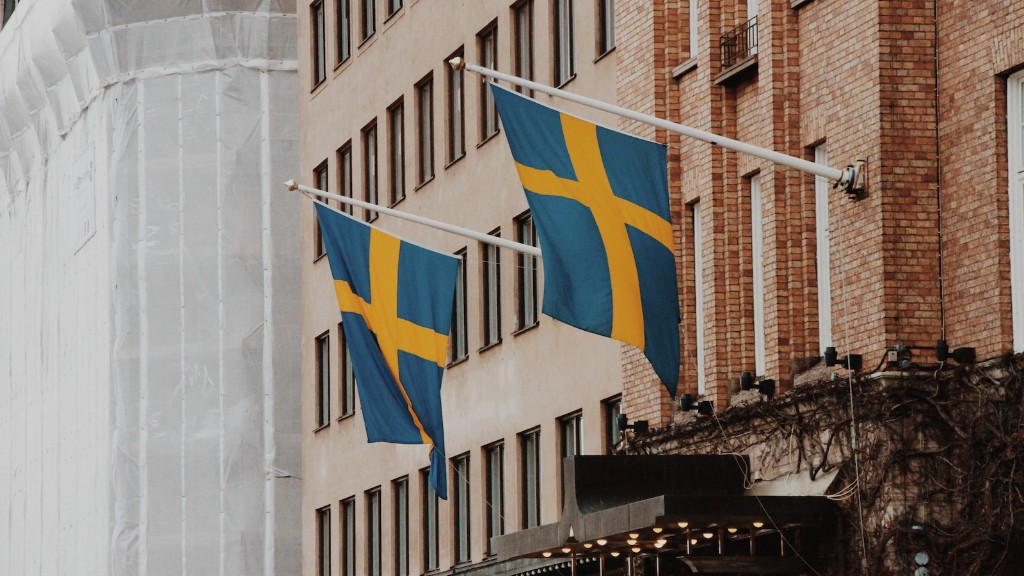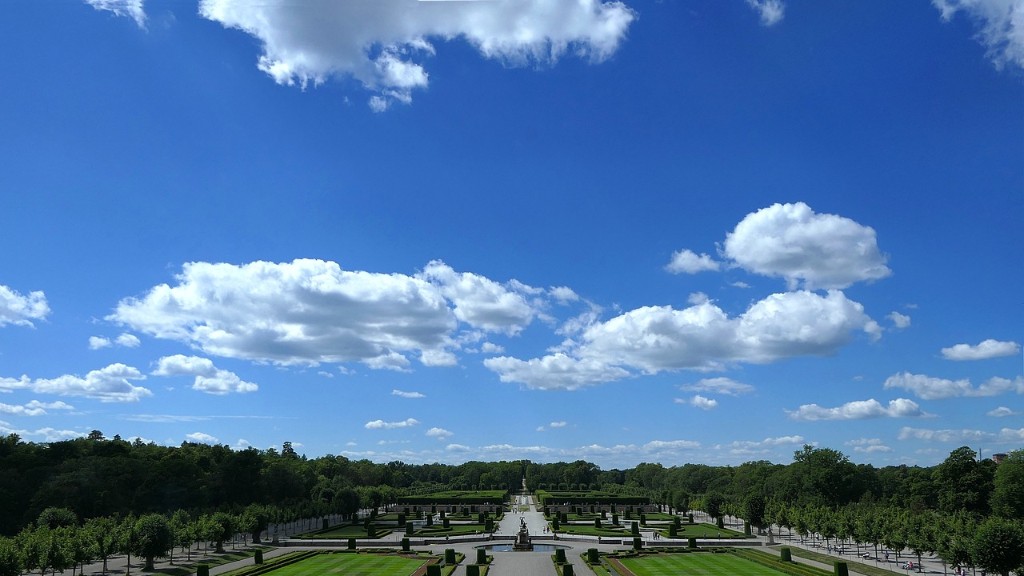Stockholm Suburbs in Sweden
Stockholm, the capital of Sweden, is known for its beautiful architecture, rich history, and high quality of life. While the city center is vibrant and bustling, the surrounding suburbs offer a different perspective. The Stockholm suburbs are diverse, ranging from areas with stunning natural landscapes to those with a mix of modern and historic charm. In this article, we will explore these suburbs and provide insights into their unique characteristics.
Vibrant and Cosmopolitan Suburbs
Stockholm’s suburbs are home to a diverse population, including a significant number of immigrants. Suburbs like Rinkeby-Kista and Tensta have become renowned for their multiculturalism, offering a wide range of ethnic restaurants, markets, and cultural events. These vibrant neighborhoods provide a glimpse into Sweden’s rich cultural tapestry.
The cosmopolitan nature of these suburbs has also attracted professionals and artists. With affordable housing options and excellent connectivity to the city center, areas like Södermalm and Vasastaden have become popular among young creatives. These neighborhoods have a lively atmosphere, with numerous trendy cafes, galleries, and boutiques.
Sustainable Living and Nature
Stockholm suburbs take pride in their commitment to sustainability and preserving nature. Solna, one of the greenest suburbs, is home to Haga Park, a vast royal park with stunning gardens and historical monuments. The suburb also boasts eco-friendly housing initiatives and strong cycling infrastructure, promoting a sustainable lifestyle.
Vällingby, another suburb in Stockholm, is renowned for its innovative urban planning. Designed in the 1950s, Vällingby was one of the first car-free suburbs in Europe. It prioritizes pedestrian-friendly walkways, green spaces, and community amenities, creating a harmonious environment that fosters a strong sense of community.
Historical Enclaves
While Stockholm’s suburbs are often associated with modernity, there are also historical enclaves that preserve the city’s past. Gamla Enskede is a picturesque suburb known for its well-preserved wooden houses from the early 20th century. Walking through its streets feels like stepping back in time, offering a unique contrast to the buzzing city center.
Djursholm, located along the Baltic Sea, is an exclusive suburb with elegant villas and mansions. It has a long history as a preferred residential area for wealthy individuals. The suburb showcases magnificent architecture and beautifully landscaped gardens, making it an idyllic destination for those seeking a taste of luxury.
Upcoming Development Projects
Stockholm’s suburbs are continuously evolving as new development projects are underway. One of the most notable initiatives is the redevelopment of Hagastaden, located in the district of Norrtull. This ambitious project aims to create a sustainable and modern city district centered around the Karolinska University Hospital and prestigious research facilities.
An additional project that has garnered attention is Stockholm Royal Seaport. This suburb is envisioned to be a groundbreaking model of sustainable urban development, with a focus on energy efficiency, low emissions, and smart city solutions. It serves as a testament to Stockholm’s commitment to innovation and environmental stewardship.
Conclusion
In conclusion, the Stockholm suburbs offer a rich tapestry of cultures, sustainability, history, and upcoming developments. From vibrant and cosmopolitan neighborhoods to historical enclaves and ambitious projects, these suburbs provide a diverse range of experiences. Exploring Stockholm’s suburbs allows you to truly understand the multifaceted nature of this captivating city.


